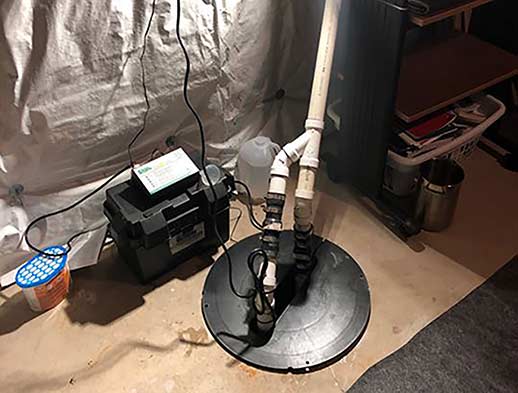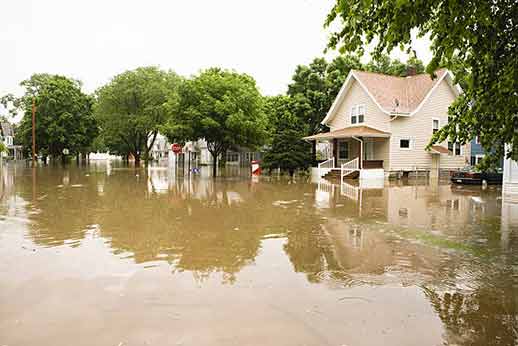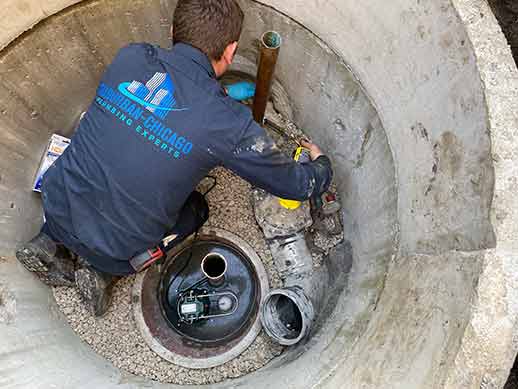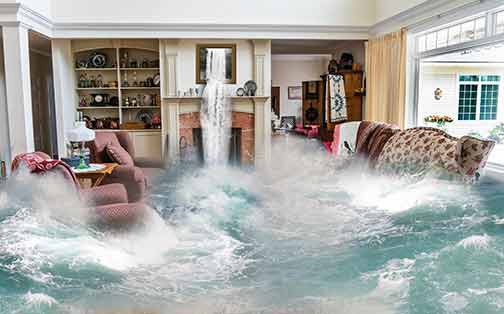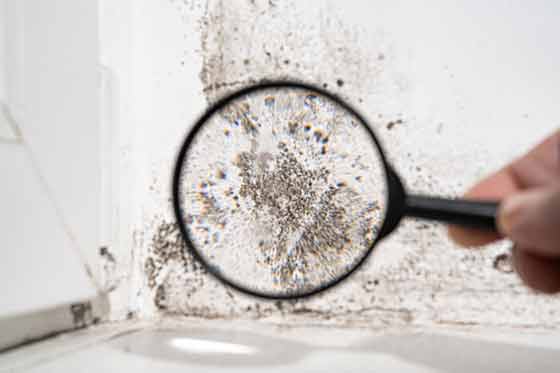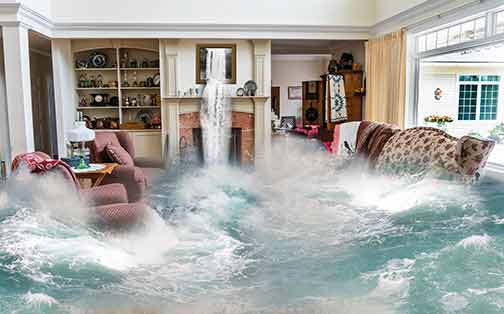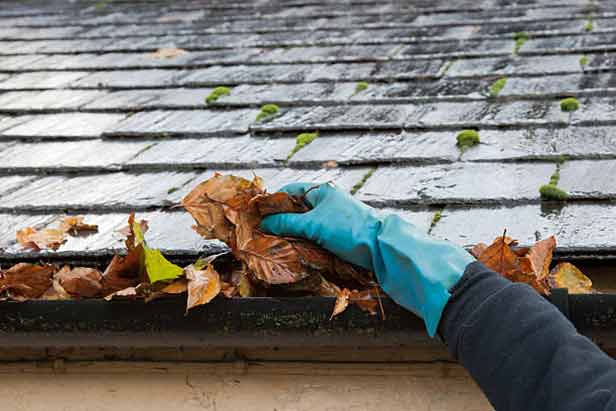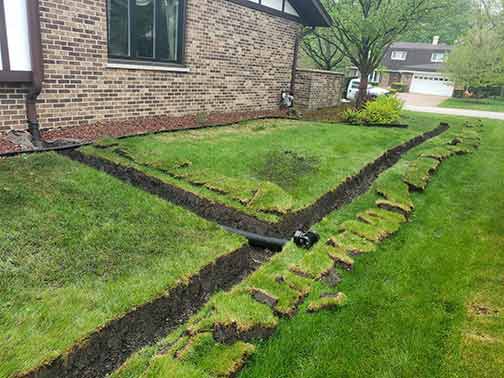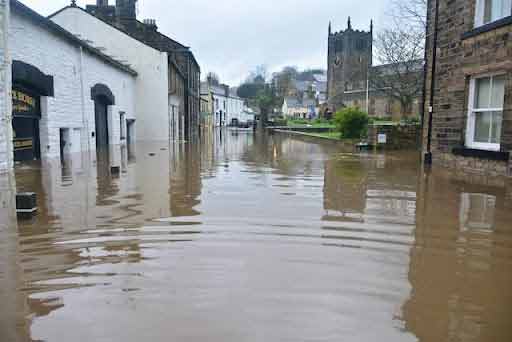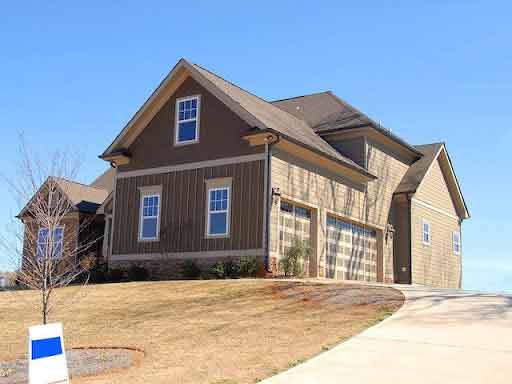Flooding can cause significant damage to homes, resulting in high repair costs and emotional distress for homeowners. If you live in an area prone to flooding or want to take precautions to protect your home, installing a sump pump can be a wise decision. A sump pump is a device designed to remove water that has accumulated in a basement or a crawl space. It provides an efficient and effective way to safeguard your home from flooding and prevent water damage.
Understanding Sump Pump Installation
Sump pump installation involves several steps that need to be followed carefully to ensure its proper functioning. It is highly recommended to hire a professional plumber or a qualified technician to install the sump pump system effectively.
Choosing the Right Sump Pump
There are various types of sump pumps available in the market, and selecting the right one for your needs is crucial. Consider the following factors when choosing a sump pump:
- Submersible or Pedestal: Decide whether you want a submersible or pedestal sump pump. A submersible pump is installed inside the sump pit, while a pedestal pump is mounted on a platform outside the pit.
- Power Source: Determine whether you want a battery-powered backup sump pump or one that operates solely on electricity. A battery backup system provides protection during power outages.
- Pump Capacity: Calculate the required pump capacity based on the size of your basement or crawl space and the typical amount of water buildup.
- Quality and Reliability: Choose a sump pump from a reputable manufacturer known for producing reliable and durable products.
Preparing for Sump Pump Installation
Before the sump pump installation begins, there are a few steps you can take to prepare your home:
- Clear the area around the sump pit or location where the sump pump will be installed.
- Remove any valuable or delicate items from the basement or crawl space to protect them from potential water damage during the installation process.
- Ensure there is a dedicated electrical outlet near the installation area to provide power to the sump pump.
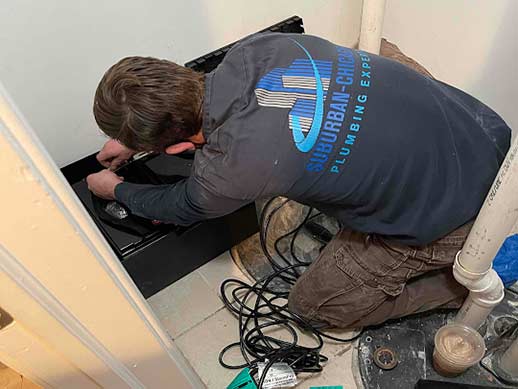
Determine whether you want a battery-powered backup sump pump or one that operates solely on electricity. A battery backup system provides protection during power outages. Pump Capacity: Calculate the required pump capacity based on the size of your basement or
Hiring a Professional
While some homeowners may choose to install a sump pump themselves, it is highly recommended to hire a professional for several reasons:
- Expertise and Experience: Professional plumbers or technicians have the necessary knowledge and experience to install sump pumps correctly, ensuring they function optimally.
- Proper Tools and Equipment: Professionals will have the required tools and equipment to install the sump pump efficiently, saving you time and effort.
- Compliance with Building Codes: Installing a sump pump may require certain permits and compliance with local building codes. Professionals are familiar with these regulations and can ensure the installation meets all requirements.
- Warranty and Support: Hiring a professional often comes with warranties and support in case any issues arise with the sump pump installation.
The Sump Pump Installation Process
The actual sump pump installation involves the following steps:
- Choosing the Sump Pit Location: The sump pit is typically placed in the lowest part of the basement or crawl space where water tends to accumulate.
- Excavation: If there is no existing sump pit, the area needs to be excavated to create a space for the pit.
- Pit Sizing and Preparation: The sump pit needs to be appropriately sized based on the anticipated water volume. It should be large enough to accommodate the sump pump and prevent overflow.
- Sump Pump Installation: The sump pump is installed in the sump pit, and the discharge pipe is connected to direct the water away from the foundation of the house.
- Check Valve Installation: A check valve is installed on the discharge pipe to prevent water from flowing back into the sump pit.
- Testing and System Calibration: Once the sump pump is installed, it needs to be tested to ensure it functions properly. The float switch or electronic sensor should activate the pump when the water level rises
- Battery Backup Installation (Optional): If you opt for a battery-powered backup system, it needs to be installed and connected to the sump pump.
Maintaining Your Sump Pump
Proper maintenance is essential to keep your sump pump in good working condition. Here are some maintenance tips:
- Regular Cleaning: Remove any debris or sediment that may accumulate in the sump pit and clean the pump itself.
- Functionality Checks: Test the sump pump periodically to ensure it activates when the water level rises. Pour water into the sump pit to trigger the pump and observe its operation.
- Battery Backup Maintenance: If you have a battery-powered backup system, check the battery regularly and replace it as needed to ensure it functions during power outages.
- Annual Professional Inspection: Consider scheduling an annual inspection by a professional to ensure the sump pump is in optimal condition.
In Summary
Flooding can be a homeowner’s worst nightmare, but with the installation of a sump pump, you can safeguard your home and mitigate the risks associated with water damage. Choosing the right sump pump, preparing for installation, and hiring a professional plumber or technician are crucial steps in ensuring a successful installation. Regular maintenance and inspections are equally important to keep your sump pump functioning optimally. By taking these proactive measures, you can have peace of mind and protect your home from the potentially devastating effects of flooding.
